An eraser can remove most flaws. Once it hits its surface, errors are miraculously cleared away. While contemplating the tool’s purpose, Princess Goes To The Butterfly Museum started painting a different visual around a more mind-altering eraser-like material that rubs away all the anxieties, distress, and bad memories on “Eat an Eraser.”
Videos by American Songwriter
“It seems to be about some sort of distilled ingestible, containing all the modern world offers to keep us from, or erase, certain realities,” says singer Michael C. Hall of the track, the first off the experimental indie trio’s debut, THANKS FOR COMING, out Feb. 12 (pre-order).
For Princess Goes To The Butterfly Museum—made up of Hall (Dexter, Hedwig and the Angry Inch), keyboardist Matt Katz-Bohen (Blondie, Cyndi Lauper) and drummer Peter Yanowitz (The Wallflowers, Morningwood), “Eat an Eraser” is an hypnotic dance into an obscure space between resurrection and rapture.
Steadily unfurling through sinister beats and Hall’s shape-shifting vocals, “Eat an Eraser” is a mental trip moving from an uncomfortable zone to a dreamlike place, one that promises to wipe out all the pain.
Visually, the band captures the trippy four-minute pulse of “Eat an Eraser” in a 3D video, the result of a creative collaboration between Peter and his brother Andy Yanowitz, using cutting edge 3D digital performance capture technology with a set of digital performance captures of the band and other 3D visuals created by Rob Ruffler and David Liu.
“It’s a cultural invitation to erase awareness of certain existential realities, not that that makes them any less real.” says Hall. “We hope the song and video resonate, but once we release something, it doesn’t really belong to us anymore. The meaning’s about however any individual listener interacts with it.”
Hall adds, “There are as many takes on the song as there are people who listen. For us, the way the record sounds and what it says is of the moment. We’re citizens of the world, and now is when we made it.”
Princess Goes To The Butterfly Museum recently dissected the making of “Eat an Eraser (get it on your favorite digital service),” writing and recording THANKS FOR COMING in the middle of a pandemic, the power of creativity during unprecedented times, and making art in their “museum.”
How did “Eat An Eraser” come together, and what did all three of you contribute to the song?
Peter Yanowitz: All the writing for Princess takes different shapes. Sometimes we write all in the room, finishing each others sentences. Other times we produce stuff in our own studios and send to each other and build on that until they add up to something Princess-y. For “Eat An Eraser,” it started with Matt and me jamming in my studio near Union Square in New York City. Matt was on electric bass, and I was playing drums. I find this to be an amazing way to write, especially when you play to a click. it’s like building from the bottom up. During that jam we came up with the B section (among other grooves). You can tell Matt has spent years playing and writing with Blondie because he comes up with these incredible keyboard hooks. And this B section was no different, It just had a hard four on the floor rhythm section groove and we went with that.
Over the next week, I poured over the other jams we made that day and I found this one cool bar of us playing together. It wasn’t a part we were jamming on, but more of a one measure fill. When looped, it really started to take off while staying in place at the same time. I couldn’t get tired of listening to it on repeat. Generally I like loops that are longer and don’t sound like loops, but this one reminded me of the Talking Heads and how their unusual grooves supported those amazing songs. The bass line had just enough nuance and finger noise to keep it interesting on repeat. It made me dance around the studio, so it’s a good thing no one was watching. When I placed this one bar loop before the B section, I knew we were on to something— that tension and release thing that verses and choruses like to have was there. The bridge came about in a similar way. We were jamming on that groove for a few seconds and it made for a nice break from the two other parts, but also kept us in the same song.
Getting Mike into the studio for the vox was the next step. I knew when he came up with that melody and heard the words, the song was gonna be very special. There’s a beautiful restraint in the vocal of those first couple of verses that kills me, and the lyrics were so, so good, As the song goes on, his performance gets more edgy, and the lyrics more pointed. Mike is incredible at how many shades his voice has, and this track shows off just some of his range.
In between working at Peter’s studio in New York, and piecing together songs remotely during quarantine, where was “Eat and Eraser” and the majority of the THANKS FOR COMING ultimately written?
PY: Our club house, which is my studio, is where most of the record was produced, but there’s also Matt’s studio in Brooklyn, and Mike’s shed near his garage.
Michael C. Hall: We write songs in all sorts of ways. I came up with the lyrics and melody [for “Eat an Eraser”] and those helped shape the song’s ultimate structure.
Matt Katz-Bohen: We write anywhere and everywhere. I get ideas walking around New York City all the time.

You guys seem like the kind of band that just goes into the studio and has fun, with each release being a perfectly imperfect experiment. How do you work off of one other while writing together?
MCH: I think the three of us create a fourth presence that none of us could create individually. We don’t talk about him. We don’t wanna wake him up… want to let him keep dreaming.
PY: I think mostly we just enjoy being creative together. Three is a really great number to collaborate with. There’s always a tie breaker. Beyond that, we three are very much individuals, but we share enough influences and vision, and a temperament that it’s pure joy making music together.
What is the significance of the album title THANKS FOR COMING and the title song?
MKB: For me, THANKS FOR COMING is ultimately about a sort of Zen gratitude and acceptance. Obviously we are grateful for those who kindly stop into our museum. Yet sometimes the bad ones can also enlighten us. As RuPaul hath said, “when that little voice of self-doubt starts chiming in, I simply say to it, ‘Thanks for sharing.’”
MCH: Thanks for Coming is the title of one of the tracks. This is our first full length record, and it seemed like an appropriate message for our listeners. “Eat an Eraser” is a line in the song. It came from who knows where. In the song, it seems to be about some sort of distilled ingestible, containing all the modern world offers to keep us from, or erase, certain realities. But, you know, those realities don’t depend on our awareness. It can also be literally about eating an eraser, or whatever you think.
PY: That title really seemed to work well with the band name and the image we chose for the cover of the record (of an entrance to an abandoned mall). The album title is also a shout out to the people who discover this music. We do feel thankful that people take the time to listen to our shit with everything that is out there. It’s both an invitation into our museum, and also a hand painted sign you pass on the way out saying we hope you come back.
In your opinion, what is the role of the artist in such tumultuous times?
MCH: To walk into the waves.
PY: To make shit, to stay creative, and awake. Hopefully through your efforts and energy, someone will hear what you have made and feel something, will dance around their room, or have a nice moment in their car on the way home from work. Maybe they will feel inspired to make something themselves. It can be a beautiful thing to discover your creativity.
MKB: There has always been some degree of chaos and insanity across the globe, at all times, in varying degrees and locales. The role of the artist can only be to create something that moves them deeply, and from within. Quincy Jones once said, “the only way I can know if what I’m doing [musically] is gonna move somebody, is if I’m getting moved by it, myself.”

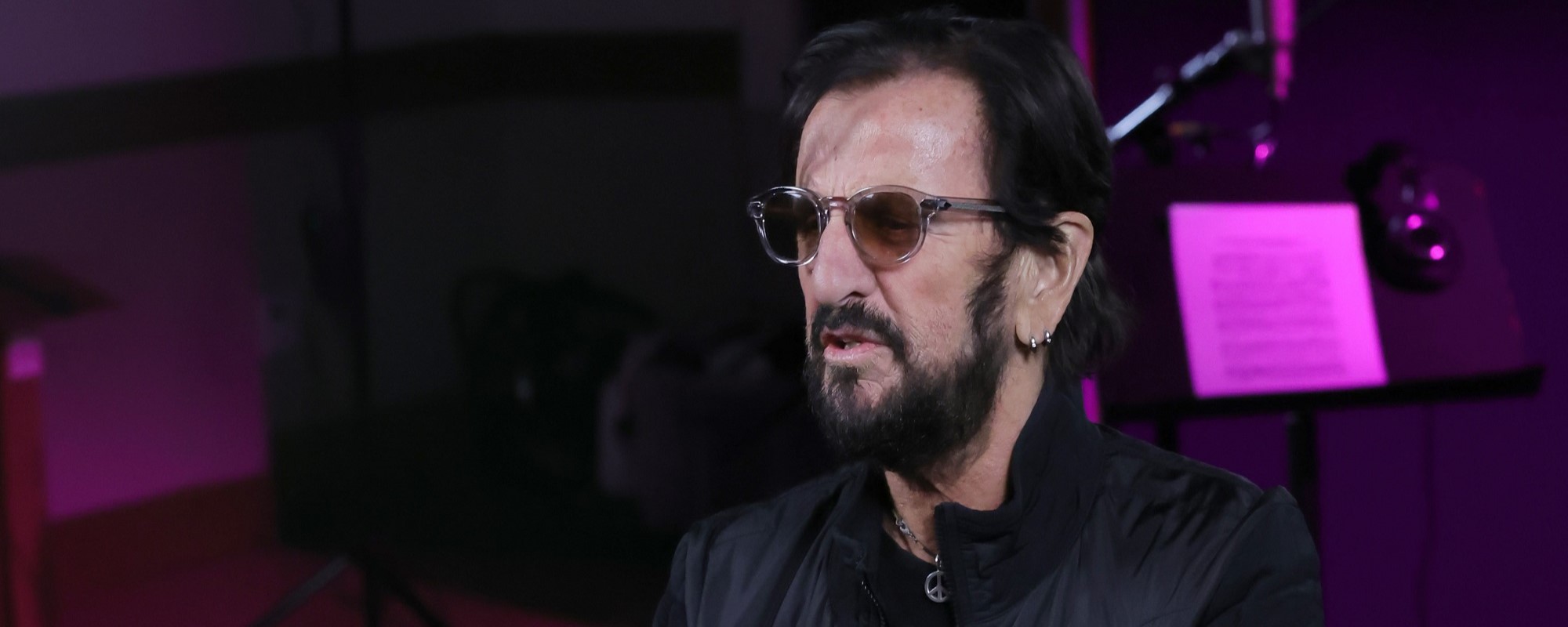
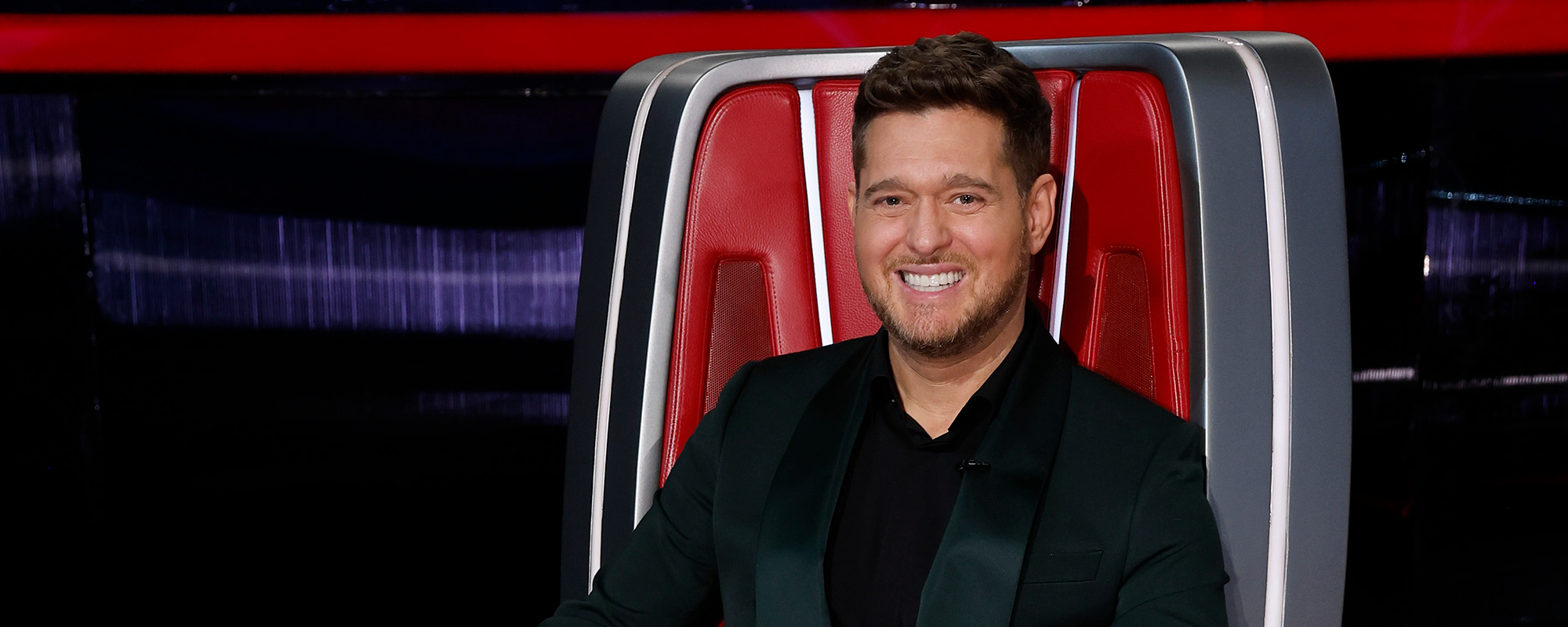

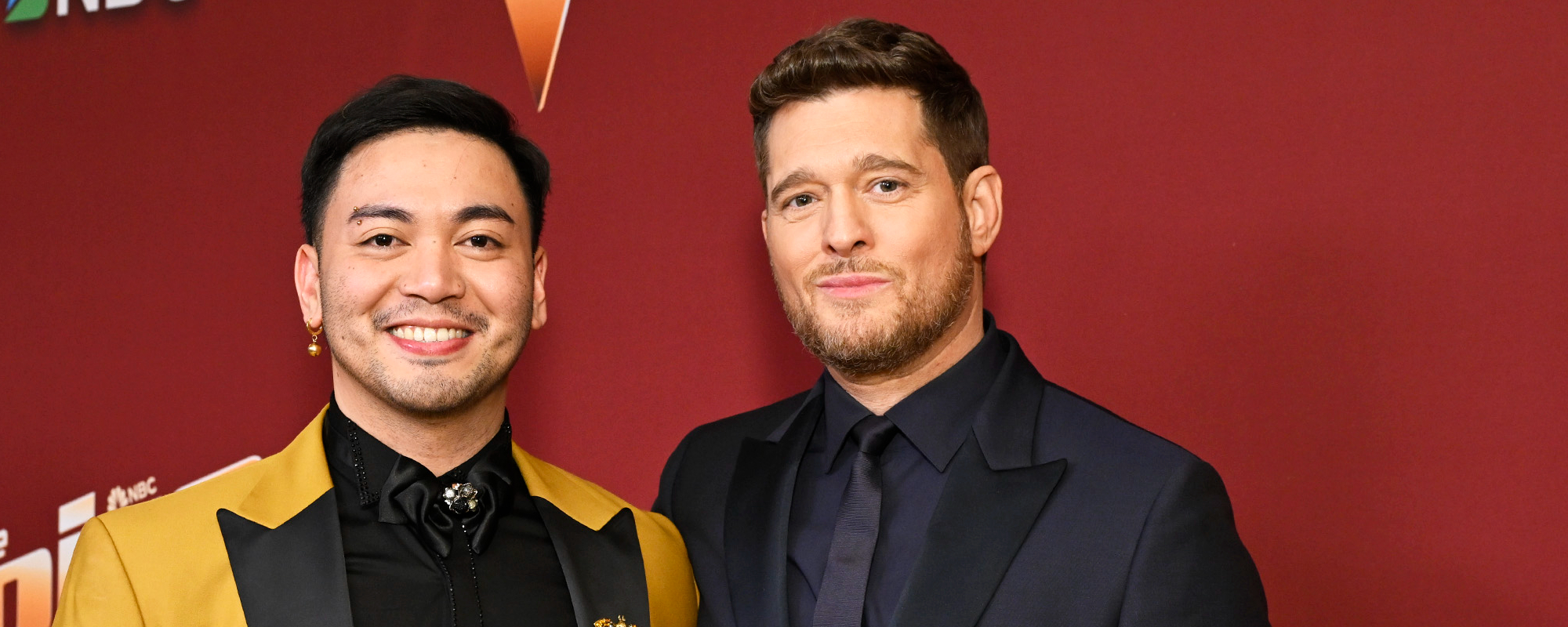
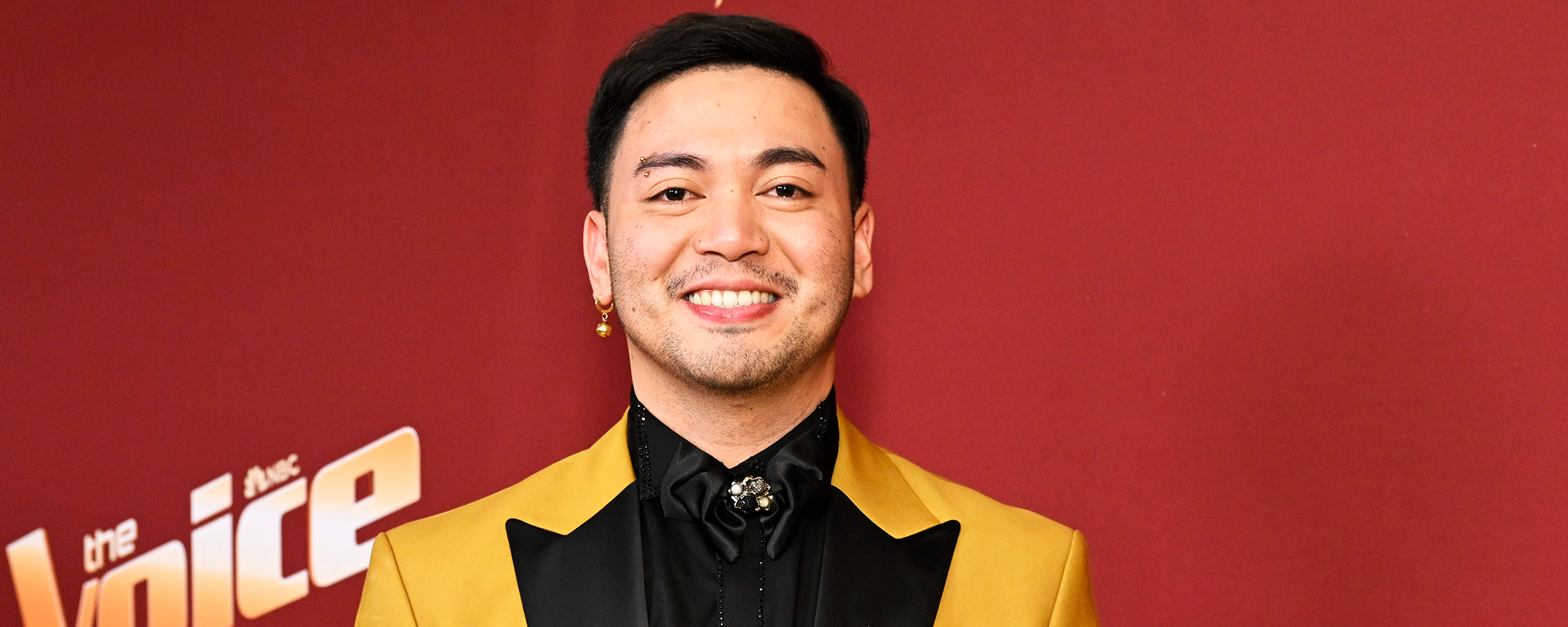



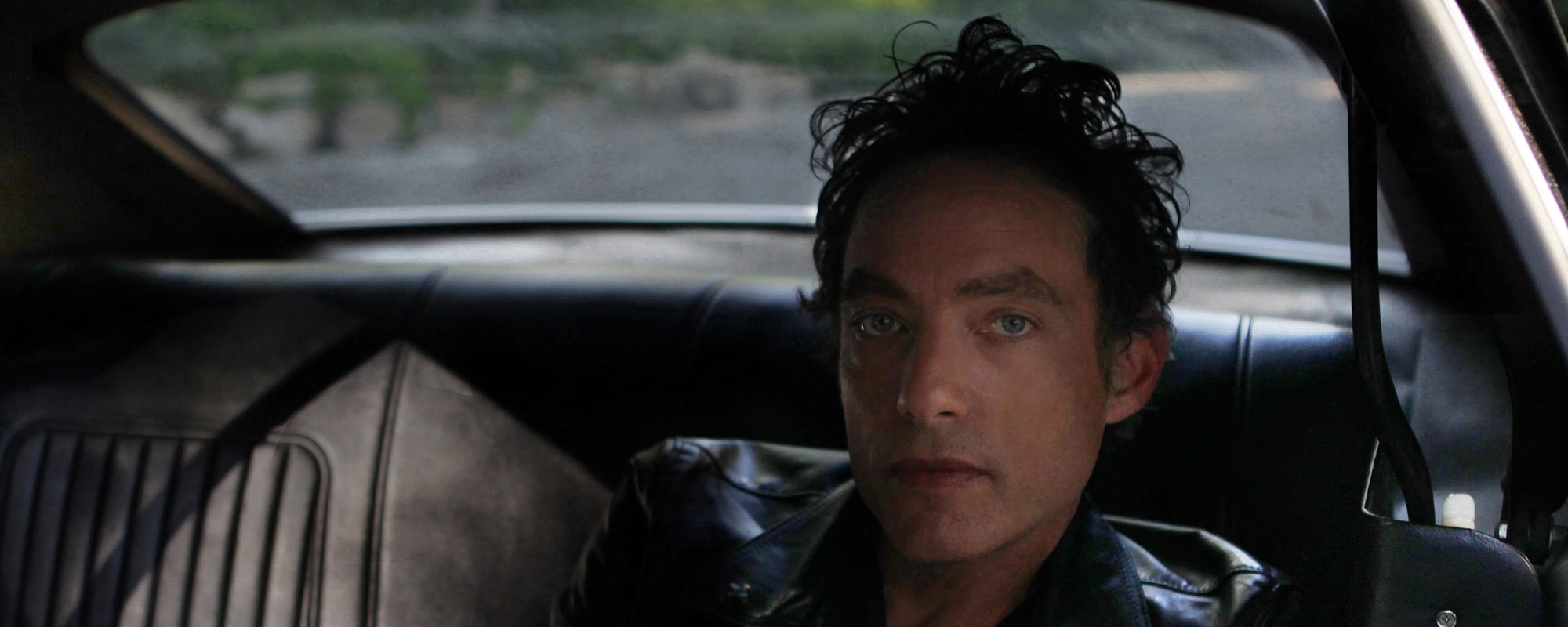

Leave a Reply
Only members can comment. Become a member. Already a member? Log in.